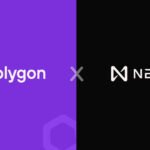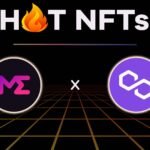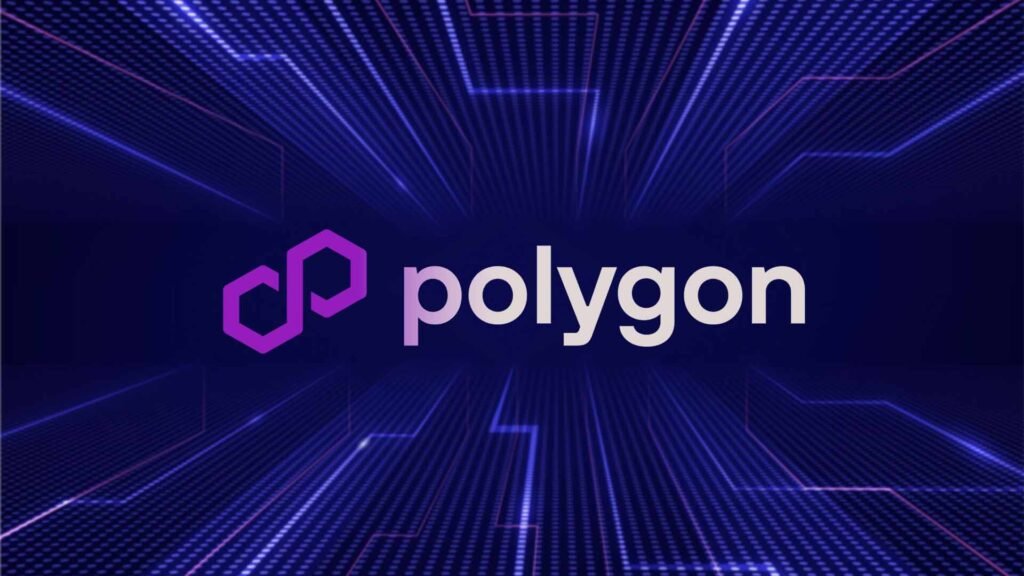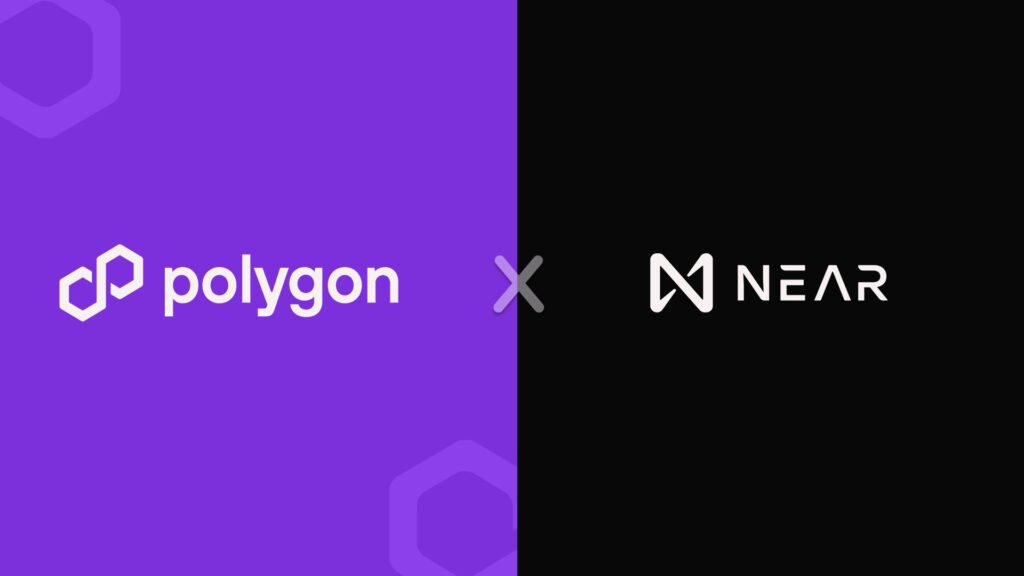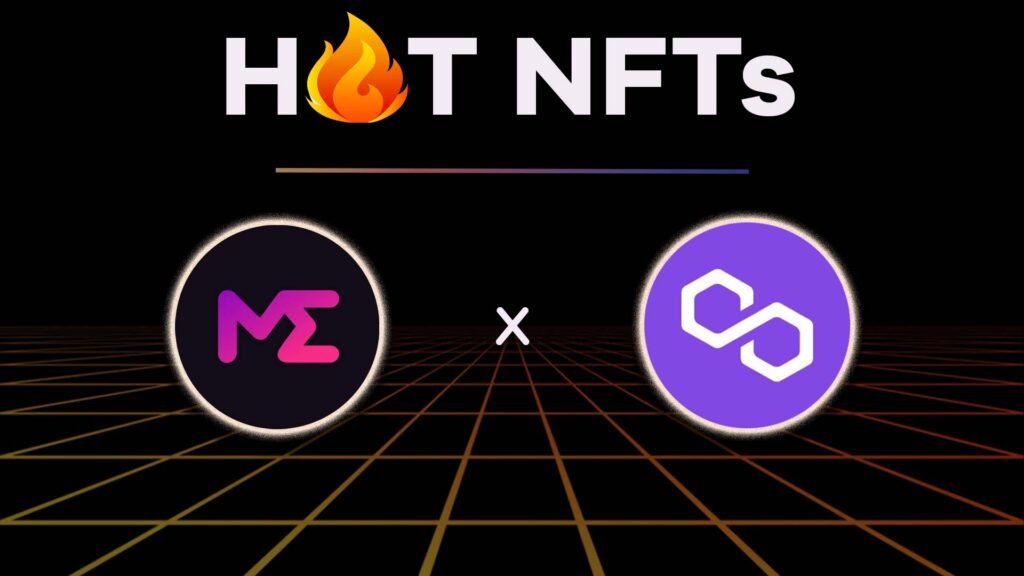Shibarium vs Polygon (MATIC): Is Polygon’s Game Over?
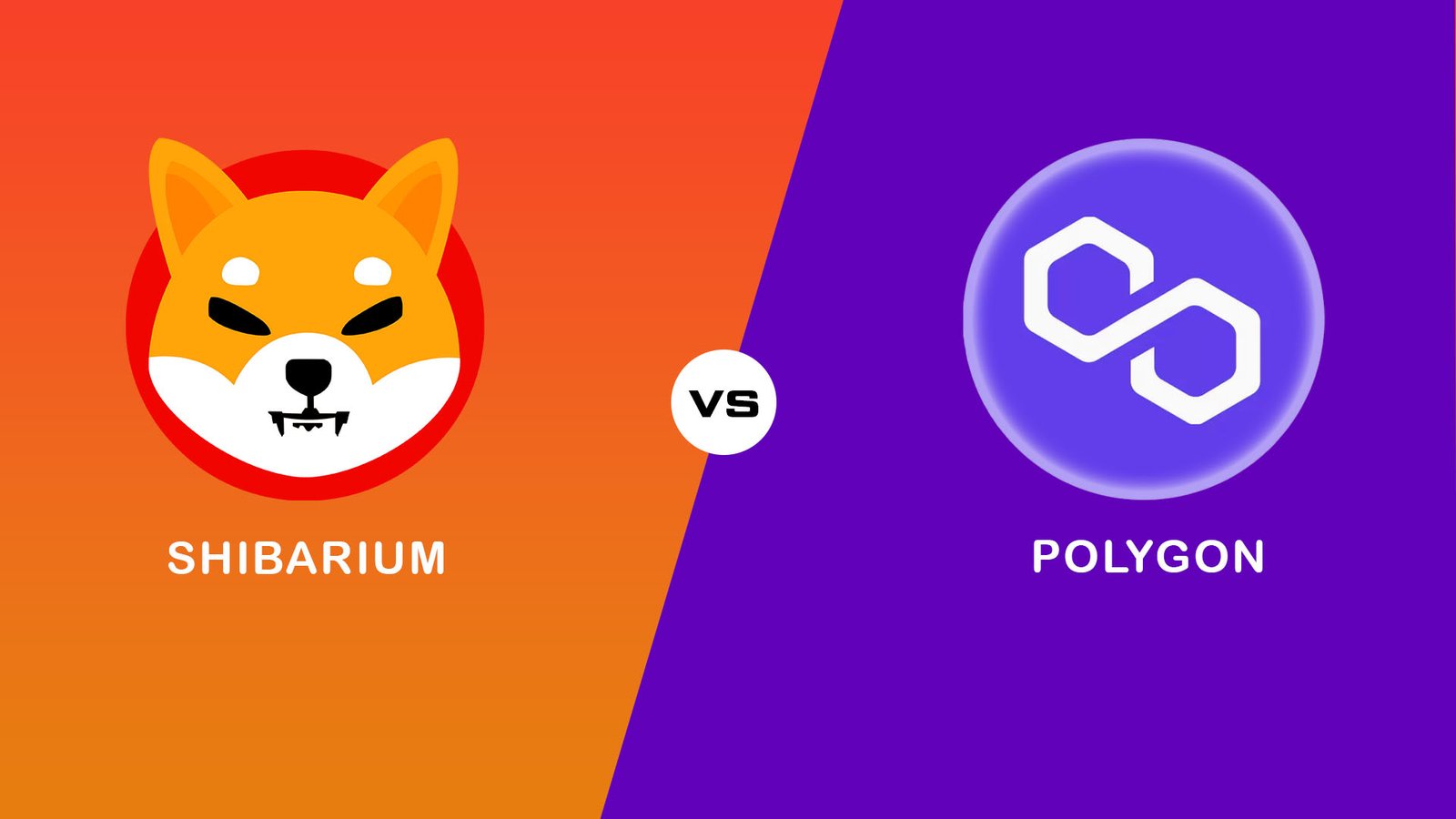
Layer-2 blockchains are highly promising technologies in the cryptocurrency space, as they address significant issues such as high gas fees and low throughput on the layer-1 network, particularly on Ethereum’s blockchain.
Unarguably, Polygon (MATIC) is one of the biggest layer-2 projects so far in the blockchain realm and Shibarium is also joining the party.
Polygon has been a key player for a long time, resolving Ethereum’s scalability concerns. On the other hand, Shibarium is a rising star that has started to challenge Polygon’s dominance in layer-2 blockchain space.
The recent introduction of Shibarium’s ground-breaking layer-2 technology has become a topic of discussion if Polygon’s game is going to be over soon.
In this article, we’ll delve into an overall comparison between Shibarium and Polygon, while also focusing on the constantly changing blockchain landscape.
Before we delve into the comparison and analysis part, let’s have an overview of both the projects and their tokens.
What is Shibarium?
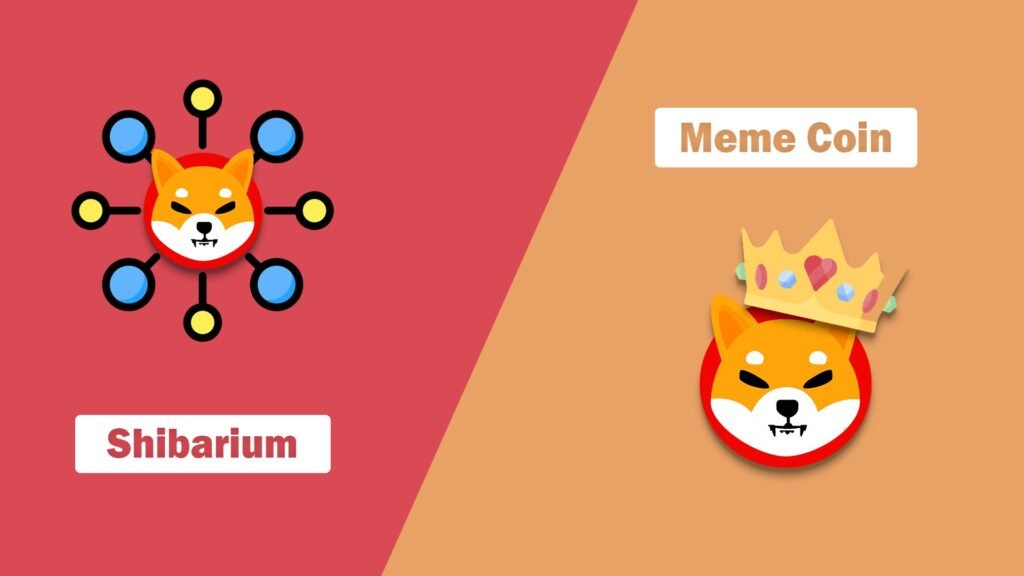
Shibarium is a newly launched layer-2 blockchain network developed by the Shiba Inu project, aiming to address the issues of scalability and high transaction costs that have long plagued the Ethereum network.
The project will work to enhance the Shiba Inu ecosystem’s operational efficiency and usability by offering faster and cheaper transactions. Multiple tokens like SHIB, BONE, TREAT, and LEASH will all together power the ecosystem, especially the Shibarium project.
By using Shibarium as a side chain, Ethereum will gain significant relief from network congestion. This results in swifter transaction processing and more affordable gas fees for users.
What is Polygon (MATIC)?
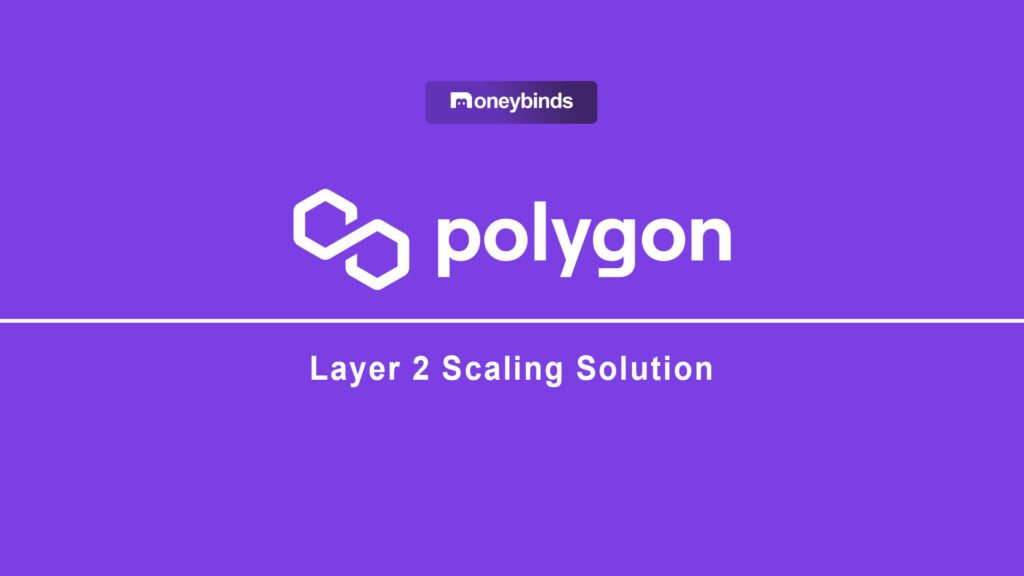
Polygon, often referred to as MATIC, emerged as a layer-2 scaling solution to address Ethereum’s scalability challenges. It is one of the initial projects to integrate as a side chain alongside Ethereum, where it enhances the blockchain’s adaptability, scalability, and independence while preserving the security and compatibility of the Ethereum network.
MATIC, an ERC-20 token lies at the heart of Polygon’s ecosystem. The token is compatible with other Ethereum-based digital currencies. The token is primarily used to govern and secure the Polygon network and to pay network transaction fees.
Since its inception, Polygon (MATIC) has maintained a prominent position in the cryptocurrency market, boasting a robust and dedicated community, as it was one of the few digital currencies that performed well in the bear market.
Fundamental Features Comparison [Shibarium vs Polygon]
Shibarium and Polygon stand out as strong competitors in the battle to address Ethereum’s scalability issues, each providing separate ways to improve blockchain effectiveness. As we navigate the ever-evolving landscape of layer-2 solutions in the blockchain realm, it becomes vitally important to explore the core attributes that set Shibarium and Polygon apart.
To gain a comprehensive perspective on their journey towards prominence as layer-2 scaling solutions in the blockchain space, let’s do a comparative study on these project’s foundational aspects.
Shibarium vs Polygon: Exploring the Development Teams
Shibarium made its debut in August 2021 under the guidance of an anonymous figure known as Ryoshi, the same person behind the renowned Shiba Inu meme coin. On the other hand, Polygon, formerly recognized as the Matic network, was launched back in 2017, established by a group of developers hailing from India: Anurag Arjun, Jaynti Kanani, Mihailo Bjelic, and Sandeep Nailwa.
While Shibarium’s primary developers prefer to keep a low profile, the Polygon team operates with transparency and boasts a lineup rich in software engineering and product management expertise.
Shibarium vs Polygon: Unpacking the Technology
Shibarium and Polygon are equipped with cutting-edge technologies aimed at enhancing the flexibility and scalability of layer-1 blockchains. Shibarium, for instance, utilizes a blend of Sihibarium PoS chains and zk-SNARKs, which are zero-knowledge proofs, and optimistic rollups, strategically equipped to achieve scalability while protecting the user’s privacy.
On the other hand, Polygon (MATIC) also provides prominent choices, which include plasma sidechains, a proof-of-stake (PoS) blockchain bridge, zk rollups, and Optimistic rollups. These core technologies serve as secure and lightweight adjuncts to Ethereum, enabling secure asset transfers.
For instance, Sidechains act as independent blockchains but utilize tools such as bridges and checkpoints to establish connections with the main blockchain, whereas Rollups are specialized for processing transactions beyond the mainnet and are tightly interlaced with the security and consensus mechanisms provided by the main blockchain.
Shibarium vs Polygon: Recent Advancements
Shibarium has transitioned from its testing phase to the mainnet, marking a significant milestone. This recent development signifies a transformative shift for Shiba Inu, transitioning it from its origins as a meme coin to a fully-fledged layer-2 blockchain.
Shibarium has recently entered the layer-2 space with cutting-edge technology aimed at enhancing the adaptability and scalability of layer-1 blockchains, while Polygon Matic has been dominating the layer-2 space since its inception in the cryptocurrency industry.
Polygon (MATIC) embarked on its journey into layer-2 scaling by introducing the Polygon PoS technology. However, their most recent milestone is the rollout of the zkEVM mainnet. This innovation represents a layer-2 zk-rollup solution designed to assist Ethereum’s scalability and facilitate widespread adoption.
Conclusion: Is Polygon’s Game Over?
Both Shibarium and Polygon have emerged as distinct contenders, each offering solutions to enhance blockchain efficiency. While Shibarium is a newcomer in the layer-2 realm, its impressively versatile protocol offers developers diverse options, enhancing usability and convenience for users within its ecosystem.
On the other hand, Polygon MATIC has already built a reputation and foundation as one of the leading contributors in the layer-2 space with a team full of expertise. In addition, the firm has fostered partnerships with major industry giants like Meta, Reddit, Stripe, and more, solidifying its position in the field.
While it is too early to declare Polygon’s game over, the competition serves as a witness to the blockchain’s resilience and adaptability. The blockchain space thrives on innovation and choice, and both Polygon and Shibarium contribute to this field by offering diverse solutions for the ever-growing needs of the crypto community.
As we navigate this ever-changing landscape, it becomes clear that Polygon’s blockchain journey is far from over. Instead, it serves as a reminder that innovation is a driving force, and blockchain’s future holds the promise of continued growth and transformation. The real question is not whether Polygon’s game is over, but how it will adapt and evolve with time to stay in the market.
However, it is clear that the market (from price and market cap perspective) of both the projects will have a high correlation as both these projects work for mostly the same goal.
You may also like
Disclaimer: This article solely reflects the opinion of the author and it should not be taken as financial advice.

